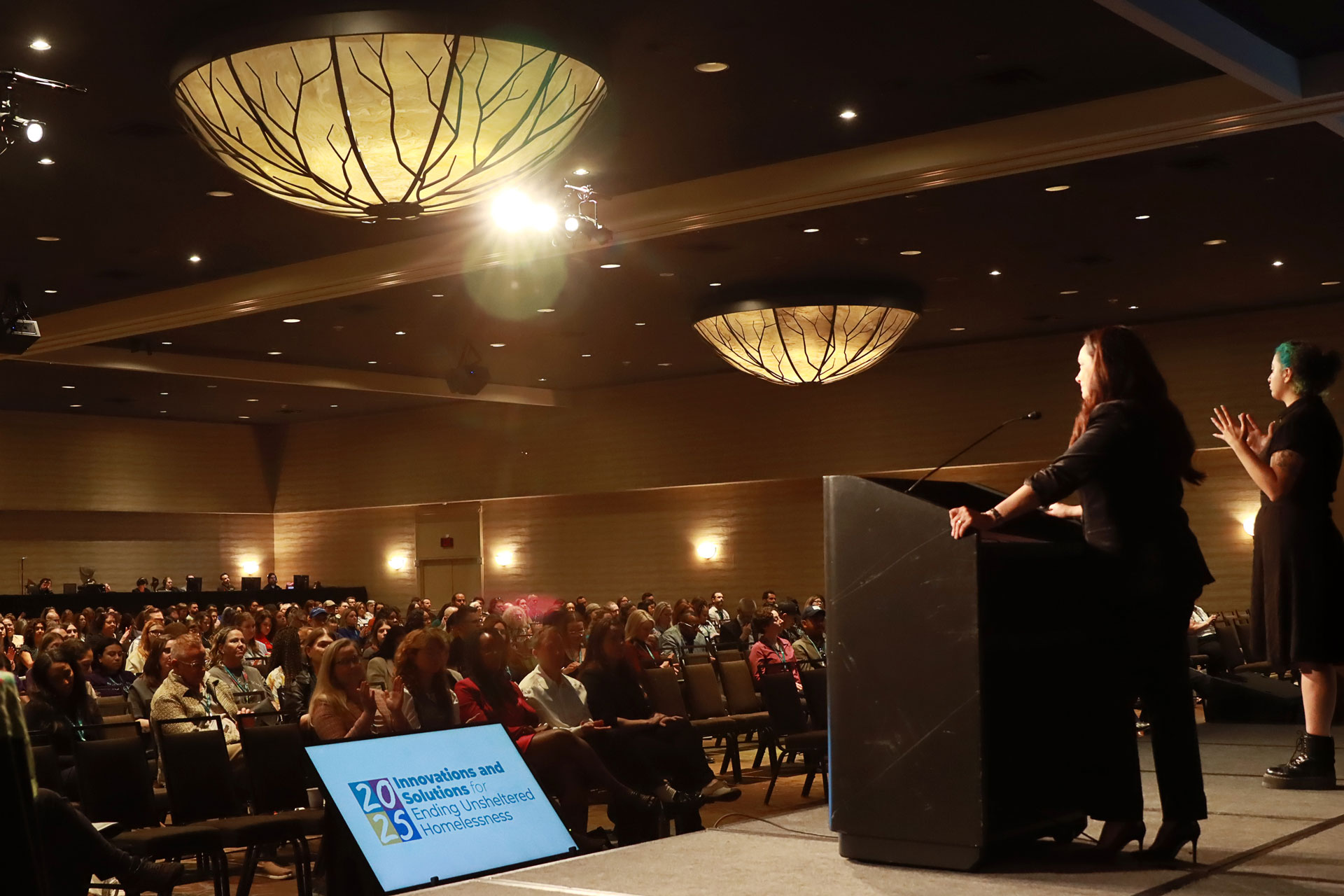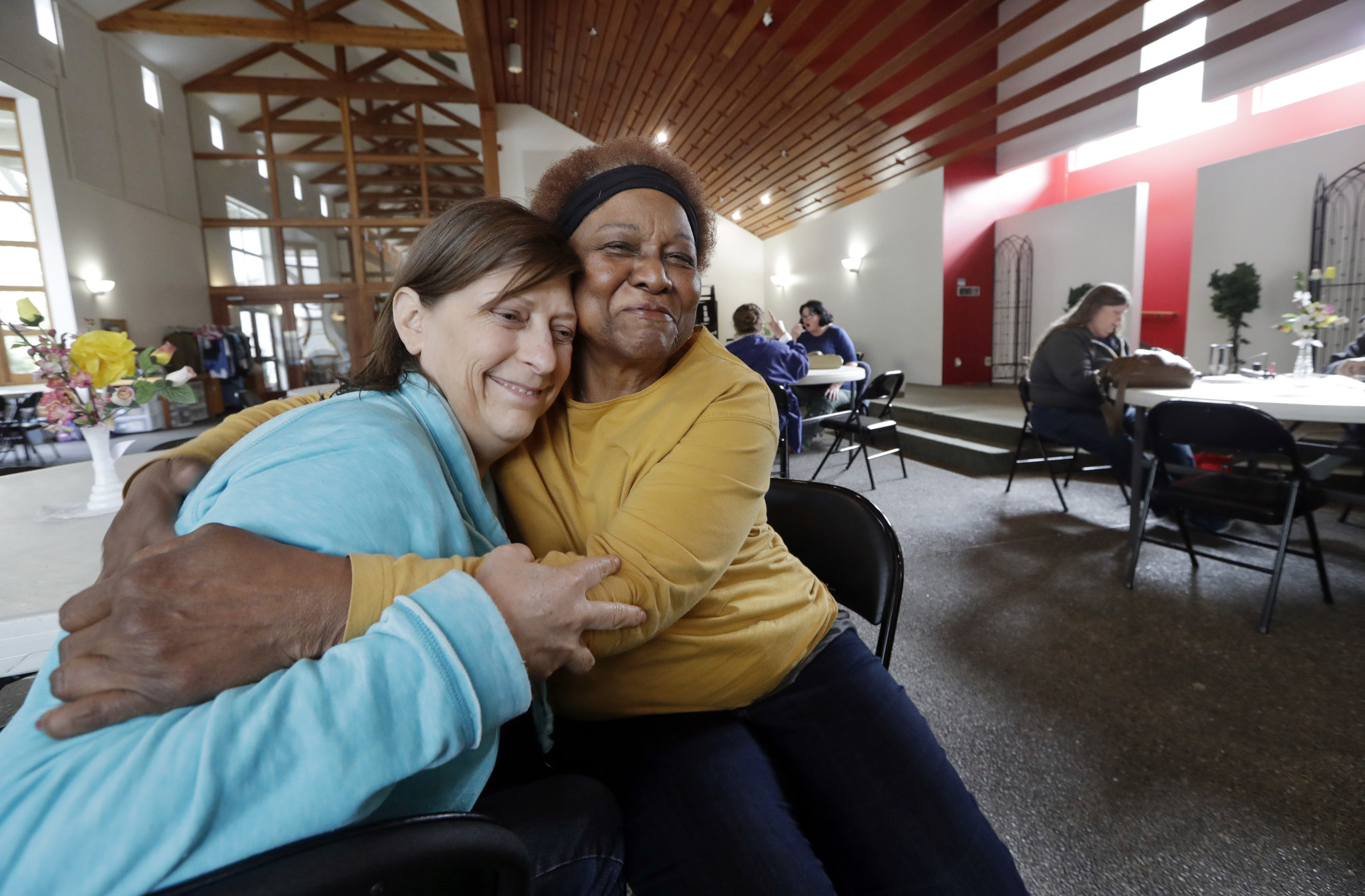Last week the U.S. Department of Housing and Urban Development (HUD) released its annual report on Point-in-Time (PIT) Counts from January 2023 of people living in shelters and on the streets. The report showed an increase in homelessness for the seventh year in a row, this time across the country and for every population.
The Point-in-Time numbers are the product of annual community-wide efforts each January to determine how many people are living in shelters and other temporary housing, or are unsheltered (living in cars, abandoned buildings, on the streets, or in other places humans aren’t meant to sleep). While the PIT numbers are not the only data about homelessness that communities collect, it is a useful snapshot that shows trends from year to year.
Since 2007 in the United States, the trend they showed was a decade of reduction in homelessness, ending in 2016; and then increases, with the total in 2023 for the first time being higher than the first reliable PIT in 2007.
And although this data reflects short-term drivers, like the end of pandemic-related assistance and increases in people seeking asylum, it mainly reflects a continued long-term trend dating back many decades: rent for a modest apartment goes up faster than wages in a modest job, or than disability benefits. In order for the U.S. to be the country we want, where every person’s value can be embraced and nobody experiences homelessness, we need sustained and systemic solutions.
How Homelessness Intersects with Housing Supply
To understand what brought us to this point, it’s important to dive deeper into the long-term trend of declining ability of people with the lowest incomes to afford housing. That trend continued to get worse throughout the decade of reductions in homelessness, and since then.
What changed in the mid-2000s, however, was a nationwide movement by homeless service systems to adopt newly identified best practices (e.g., permanent supportive housing, rapid re-housing, and diversion) and to develop efficient local systems, often including people with lived experience of homelessness, to get the most bang for the limited bucks available. It helped that some more bucks became available, as policymakers grew impressed by these results. Some key highlights include:
- The federal government led a federal strategic plan to end homelessness, supported in a largely bipartisan manner, and the U.S. Interagency Council on Homelessness and HUD technical assistance providers encouraged communities to implement it.
- Congress funded increases in critical homelessness programs, especially those created and funded through the McKinney-Vento Act.
- The Affordable Care Act increased access to health care for millions of people, which helped more low-income people and people experiencing homelessness receive healthcare and housing-related services.
Under these policies, and the inspiration of the phrase “Housing First,” homelessness response systems became more efficient. This increased the rate at which people moved out of homelessness – even while the cost of rent was continually rising.
When Homelessness Rates Rise
In 2016, national reductions in homelessness came to an end. While homelessness response systems continued to house more and more people each year, the increasing cost of housing, limited access to healthcare, and wages and income benefits that failed to keep up kept driving more and more people into homelessness each year.
Like trying to use a bucket to save a sinking ship, it is impossible to make progress if the rate of people becoming homeless is higher than the rate of people being housed. Homeless systems continue to do as much as they possibly can for the people they serve, working tirelessly every day to get better. It makes me extremely proud to be associated with people in communities doing this work. But if we are going to make meaningful progress, we need others to step up.
The Alliance has been talking about “closing the front door” into homelessness since 2000. That means we need to boost the systems that prevent homelessness before people show up at our shelters: by providing more universal housing, increasing economic opportunity, and broadening access to quality supports and services, including those related to mental illness and substance use disorders. Efforts to improve federal policy in these areas have included improving funding for the Housing Choice Voucher program, working with housing organizations to focus on people with the lowest incomes, promoting Home- and Community-Based Services and other housing-related services in the Medicaid program, cofounding the Opportunity Starts at Home network of housing advocates, making HUD-VASH available to veterans at risk of homelessness, and other initiatives.
How Federal Prioritization Can Mean Progress
So far, though, policymakers have not prioritized the issue of homelessness, or the funding and targeting of “mainstream” housing and services necessary to prevent it at the scale necessary to make a dent in our current crisis. A hopeful point was when Presidential candidate Biden included in his platform a proposal to make the Housing Choice Voucher program an entitlement, so that everyone who’s eligible gets help. This would change the current situation now that has lasted for decades – where one quarter of eligible people get help and the rest sit on waiting lists. Legislation pushed by President Biden and by Members of Congress such as Rep. Cori Bush, Sen. Jack Reed, and Sen. Sherrod Brown have proposed (and even enacted) serious new funding and improvements in administration. But the proposal to make vouchers a universal entitlement has been only been considered in legislation introduced by Rep. Maxine Waters in one committee in Congress, and that has received no Republican support.
Besides funding for housing, people need access to be simplified, including through ensuring that programs have adequate staff. A recent Alliance report shows that nearly three-quarters of homeless service workers don’t have enough staff for its agency to meet its goals. And while Medicaid can be used to pay for many services, especially those associated with mental illness and/or substance use disorders, people experiencing homelessness, as well as those most at risk for becoming homeless, are often screened out due to bureaucratic challenges and red tape.
What We Can Change
It doesn’t have to be this way. Maintaining homelessness at this level has huge costs to society, while falling short of widely agreed-upon values. We know what it would take. Funding programs to scale, expanding Medicaid, aligning key partners – all of this would help to reduce homelessness, especially in states where there are higher populations of low income people and people of color.
There are communities and other countries that provide examples of strategies that work: even in the 2023 PIT Count, we saw entire states with reduced homelessness (e.g., Delaware, Louisiana), and communities with big reductions in unsheltered homelessness (e.g., Chattanooga, TN; Jackson MS), while Finland announced that it was housing everyone who was homeless. The United States remains the richest country in history. It is not beyond our capacity to end homelessness.
I am hopeful that the latest PIT Count data will be a wake-up call for policymakers in the fields of housing, community development, health care, employment, and other “mainstream” fields that are important to getting people out of homelessness and need to be brought to scale to prevent homelessness. The Alliance will be working to make that happen, and we intend to succeed.
Stay Updated: Solutions, Stories, and Ways to Make an Impact
Sign up to receive updates on the Alliance’s work, including the latest research, advocacy efforts, and real stories of progress — plus ways you can help drive lasting change.














